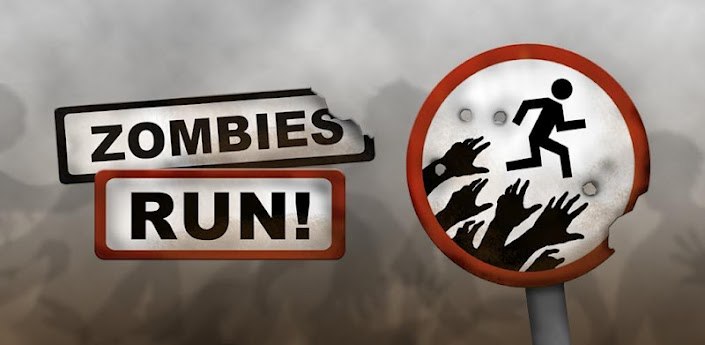This final chapter of Rettberg’s “Electronic Literature” introduced me to forms of literature that I had heard of before, but never made the connection of them being considered literature. I was really drawn to the geolocation-based literature. With the experience of geolocation-based games (which I am more familiar with), I find the concept fascinating. The ability to pull the real world into a possibly fictional one, or, as the book mentioned, a reimagining of the past, takes literature to another level. It allows readers to truly experience the work, and in a way, be a part of its creation and telling.
Another example of literature caught my eye that the book mentions by name, and that’s “Zombies, Run!” The geolocation-based running app. I have personal experience with this app and it truly makes exercise far more enjoyable. When the story begins, you are a nameless character who is running from some zombies after your helicopter has crashed. You are in contact with Samuel of the “Abel Township” who talks to you via a walkie-talkie. Throughout, you’re introduced to more characters and storylines through ‘Missions’, and there is the added interaction of picking up supplies (a robotic voice will pipe in every once in a while to say you’ve picked up a water bottle), which you can later use in the app to upgrade your ‘base’. Occasionally, if you have Chases turned on, you will hear zombies getting closer and closer, and you’ll have to pick up your pace in order to outrun them, or lose some supplies. The characters in the story do all the talking, all you have to do is run (or walk, or row, or bike, etc.).
The world of augmented reality and virtual reality, is extraordinarily vast, and I think, will only grow as technology does. I’m reminded of the 2009 sci-fi movie “Gamer”, where, in a future of virtual reality gaming, players control actual people in real-life battles. I certainly don’t think that is the direction we would go, but I use that to demonstrate the scope of the technology.
